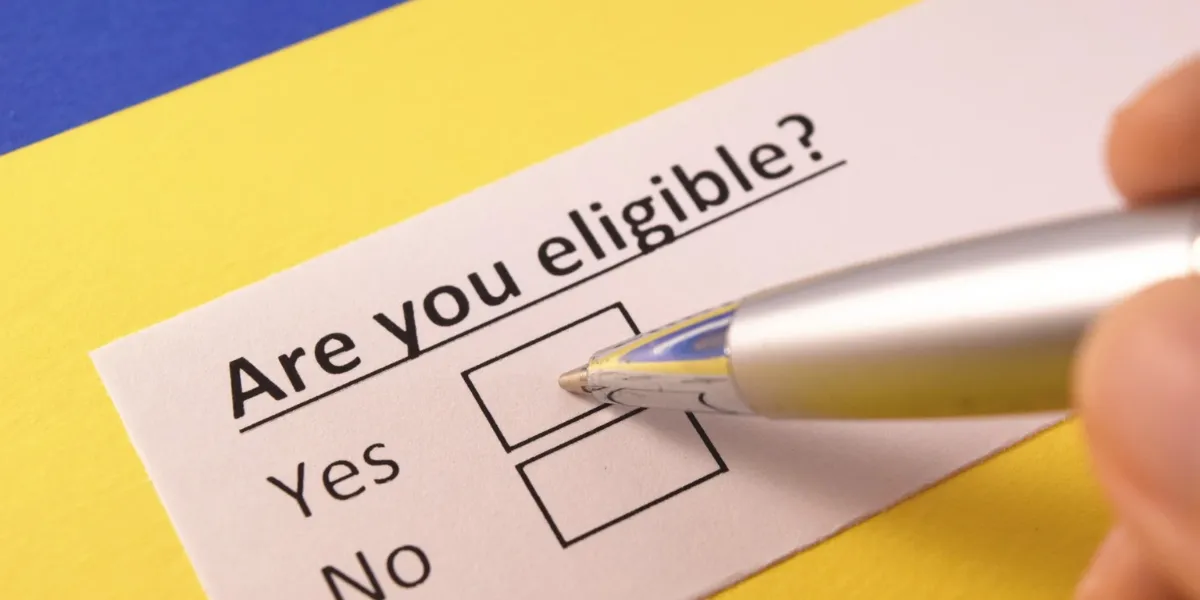New Mortgage Stress Test Regulations

Key Things To Know About Latest Mortgage Stress Test implemented to ensure that borrowers can manage their mortgage payments even if interest rates rise or their financial situation changes. This introduction covers the essential details of these new regulations:
Background and Purpose: The mortgage stress test was first introduced to prevent homeowners from overextending themselves financially. The new regulations aim to further strengthen this safeguard in light of fluctuating economic conditions and rising housing costs.
Implementation Date: The updated rules came into effect on [specific date], marking a significant shift in how mortgages are assessed and approved.
Key Changes: The new regulations have adjusted the minimum qualifying rate, which is the higher of the benchmark rate set by the central bank or the contractual mortgage rate plus an additional buffer. This ensures borrowers can handle potential rate increases.
Scope of Application: These regulations apply to both insured and uninsured mortgages, affecting a broad spectrum of potential homebuyers and existing homeowners looking to refinance.
Regulatory Authority: The changes are overseen by the Office of the Superintendent of Financial Institutions (OSFI) and the central bank, ensuring a standardized approach across all federally regulated lenders.
Rationale Behind Changes: Economic uncertainties, such as inflation and housing market volatility, necessitated these updates to better protect borrowers and the financial system from potential defaults and financial crises.
Understanding these new regulations is crucial for prospective homebuyers and those looking to refinance, as they directly impact how much they can borrow and their ability to secure a mortgage.
Eligibility Criteria and Who is Affected

The updated mortgage stress test regulations apply to all homebuyers seeking new mortgages and homeowners looking to refinance existing loans. This includes both insured mortgages (where the down payment is less than 20% of the home’s value) and uninsured mortgages (where the down payment is 20% or more). The criteria ensure that anyone taking on a mortgage can handle higher interest rates and financial pressures.
Purpose and Goals of the Updated Stress Test
The primary goal of the updated stress test is to enhance financial stability by ensuring borrowers can afford their mortgage payments even if interest rates rise or their financial circumstances change. This reduces the risk of defaults, supports a stable housing market, and prevents borrowers from becoming over-leveraged.
Changes in the Stress Test Interest Rate Requirements

The key change in the updated stress test is the qualifying rate. Borrowers must now qualify at the higher of either the benchmark rate set by the central bank or the contractual mortgage rate plus a buffer (usually around 2%). This adjustment ensures borrowers can withstand potential increases in interest rates over the term of their mortgage.
Impact on Borrowing Power for Homebuyers
The stricter qualifying rate directly affects how much homebuyers can borrow. With higher stress test rates, many borrowers may find they qualify for smaller loans than before, potentially lowering their home-buying budget. This aims to curb excessive borrowing and reduce the risk of defaults.
Implications for First-Time Homebuyers

First-time homebuyers are significantly impacted as they often have less financial flexibility. The new stress test may make it harder for them to enter the housing market, requiring larger down payments or looking for less expensive properties. Financial planning and saving become even more critical for this group.
Effects on the Real Estate Market and Housing Prices
The updated stress test can cool down overheated real estate markets by reducing the number of eligible buyers and lowering overall borrowing capacity. This can lead to slower price growth or even a stabilization of housing prices, making the market more sustainable in the long term.
How Lenders Are Adjusting Their Assessment Procedures
Lenders must now incorporate the new stress test rates into their mortgage approval processes. This includes recalculating the maximum loan amounts for applicants and ensuring their debt service ratios align with the stricter criteria. Lenders may also offer more guidance to help borrowers understand and meet these requirements.
Strategies for Homebuyers to Meet the New Stress Test Standards

Homebuyers can adopt several strategies to meet the new stress test standards:
Increasing Down Payments: Larger down payments reduce the loan amount needed, making it easier to qualify.
Improving Credit Scores: Higher credit scores can result in better mortgage rates and terms.
Reducing Debt: Paying down existing debts improves debt service ratios.
Choosing Affordable Properties: Opting for less expensive homes ensures the mortgage needed is within qualifying limits.
Expert Opinions and Future Predictions on Mortgage Lending
Experts have mixed views on the updated stress test. Some believe it is necessary to maintain market stability and protect borrowers, while others worry it may restrict access to homeownership, particularly for first-time buyers. Future predictions suggest a gradual adjustment period for the market, with potential further tweaks to the regulations as economic conditions evolve. Long-term, these measures are expected to foster a healthier, more resilient housing market.
Click here for more visited Posts!




